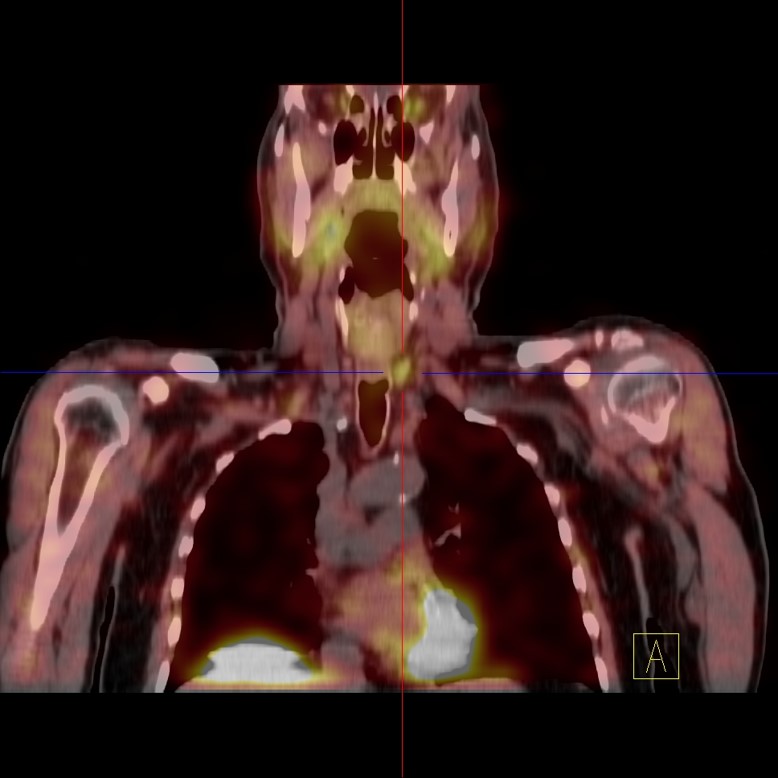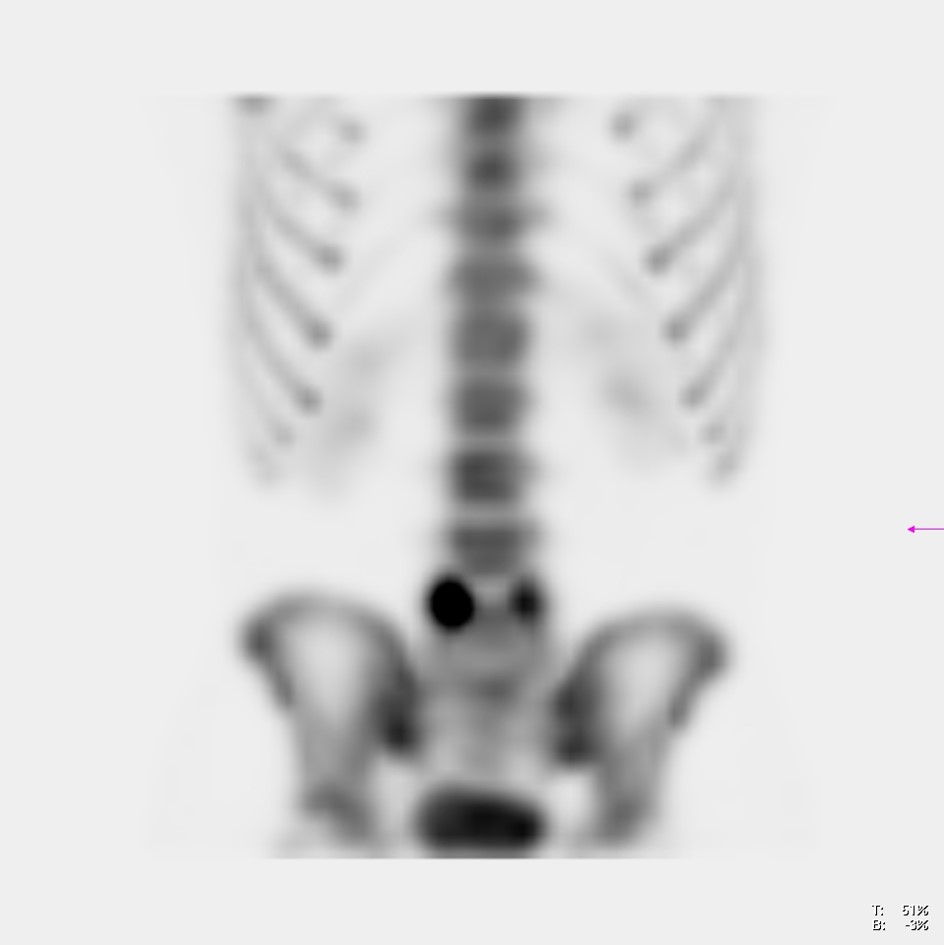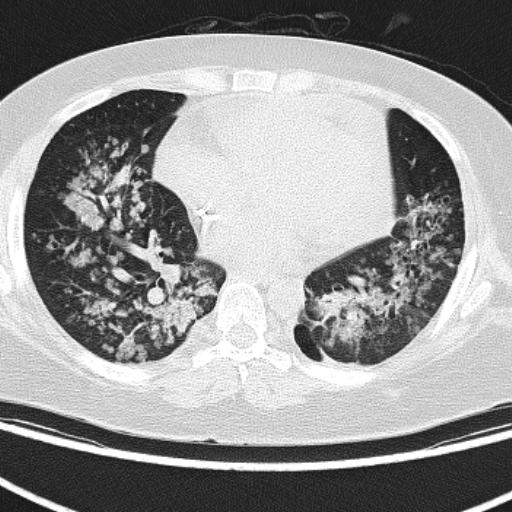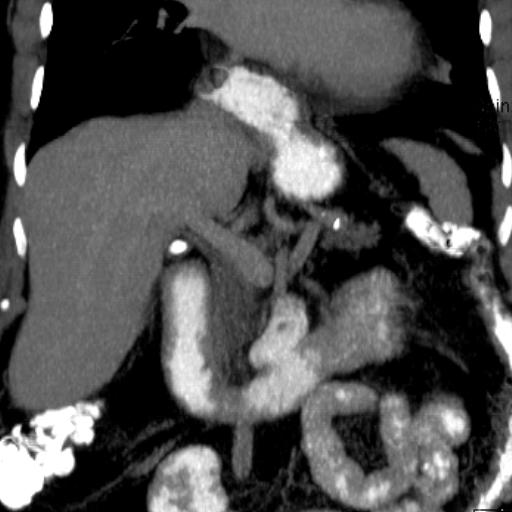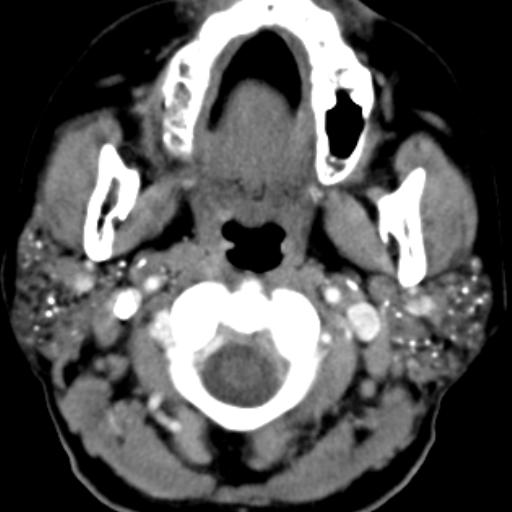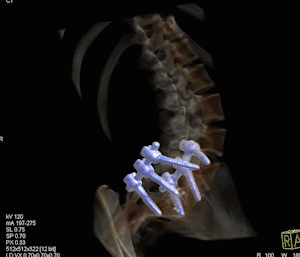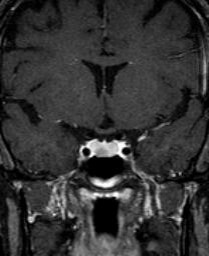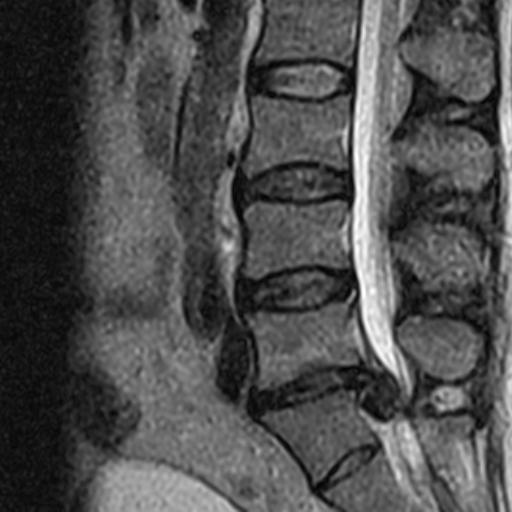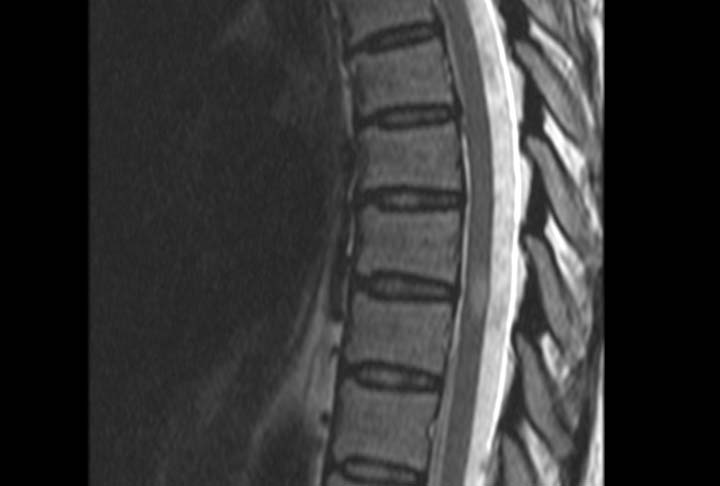General and Vascular Ultrasound
General Diagnostic Ultrasound (US), also called sonography or diagnostic medical sonography, is an imaging method that uses high-frequency low-power sound waves to produce images of structures within your body. The images can provide valuable information for diagnosing and treating a variety of diseases and conditions.
US is a valuable tool but it has limitations. Sound does not travel well through air or bone, so US is not effective at imaging body parts that have gas in them or are hidden by bone, such as the lungs and adult head. Most US examinations are done using an ultrasound device outside your body, though some involve placing a device inside your body.
Previous slide
Next slide
General Ultrasound Studies

- Neck-Thyroid with color Doppler
- Renal/retroperitoneal
- Testicular with Duplex
- Endorectal for Prostate
- Abdominal
- Endovaginal
- Pelvic with Color Doppler
Vascular Ultrasound Studies

Upper extremities:
- Arterial
- Venous
- Neck
- Carotid Arteries
- Vertebral Arteries
Lower extremities
- Arterial
- Venous
Vascular Ultrasound uses sound waves and Doppler technique to evaluate the body’s circulatory system and help identify blockages and occlusions by blood clots and plaques; tumor vascularity; congenital vascular malformations; reduced or absent blood flow to various organs, and increased blood flow which may be a sign of infection.
Preparation
Before the study, drink 32oz of water during 15 minutes. Subsequently, wait around 45 minutes to allow time for your bladder to fill with urine. A well distended bladder allows an adequate acoustic window without which the pelvic organs will not be well visualized.
For abdominal studies, full fast is required to allow for the gallbladder to adequately distend.
Weight Limit
500 Pounds. The weight must be corroborated at MEDFLIX with a weight scale that registers up to 500 lbs the day of the study.


